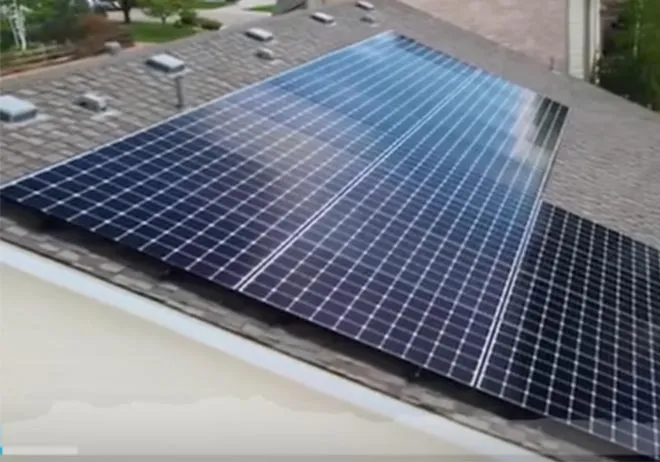10 月 . 14, 2024 01:57 Back to list
Different Varieties and Applications of Float Glass for Various Industries
Understanding the Different Types of Float Glass
Float glass, a widely used material in the construction and manufacturing industries, is renowned for its clarity and uniformity. This type of glass is produced through a meticulous process invented in the mid-20th century, where molten glass is floated on molten tin. The result is a smooth, flat surface that has made float glass the preferred choice for various applications. In this article, we will explore the different types of float glass, highlighting their unique characteristics, applications, and the advantages they offer.
1. Standard Float Glass
Standard float glass is the most basic form of float glass, characterized by its clear appearance and excellent optical clarity. It typically has a thickness ranging from 2mm to 19mm. This type of glass is produced in large sheets and is commonly used in applications like windows, glass doors, and office partitions. Its ability to transmit light while providing thermal insulation makes it an ideal choice for residential and commercial buildings.
2
. Low Iron Float GlassLow iron float glass is noted for its remarkable clarity and colorless appearance, resulting from the reduction of iron oxide in the glass composition. This type of glass minimizes the greenish hue often associated with standard float glass. Low iron float glass is prevalent in high-end applications, such as display cases, glass facades, and solar panels, where clarity and light transmission are paramount. Its aesthetic appeal and high light transmission rates (up to 91%) make it particularly popular in architectural designs.
3. Annealed Float Glass
Annealed float glass undergoes a controlled cooling process that reduces internal stresses. This type of glass is less tempered than other varieties, making it more susceptible to breakage. However, its cost-effectiveness and ease of fabrication make it an appealing option for various applications. Common uses include interior glazing, mirrors, and some types of furniture. While not suitable for safety-critical applications, it serves well in environments where budget constraints are a significant factor.
types of float glass

4. Tempered Float Glass
Tempered float glass, also known as toughened glass, is a processed version of standard float glass that has undergone thermal treatment, making it significantly stronger than its untempered counterpart. This heat-strengthening method increases its resistance to impact and thermal shock, making it an ideal choice for safety-critical applications, such as shower doors, glass balustrades, and facades. When broken, tempered glass shatters into small, blunt pieces, reducing the risk of injury.
5. Laminated Float Glass
Laminated float glass is created by sandwiching a layer of polyvinyl butyral (PVB) or another interlayer between two or more sheets of float glass. This type of glass provides enhanced safety and sound insulation properties. It is commonly used in areas where security and noise reduction are important, such as in automobile windshields, skylights, and glass doors. The interlayer also holds the glass pieces together in the event of breakage, offering additional protection against injuries.
6. Coated Float Glass
Coated float glass has a thin layer of metal oxide applied to its surface. This coating can provide various benefits, including improved energy efficiency and enhanced reflection. Low-emissivity (Low-E) glass, for instance, is a type of coated float glass that reflects infrared light, helping to maintain indoor temperatures and reduce energy costs. These properties make coated float glass a popular choice for energy-efficient buildings and applications where thermal performance is critical.
Conclusion
Float glass is a versatile material that comes in various types, each tailored to meet specific application requirements. From standard float glass for traditional uses to specialized options like low iron, tempered, and laminated glass, the choices available allow architects, designers, and builders to select the right type for their projects. Understanding the different varieties of float glass and their characteristics can help in making informed decisions that enhance the functionality and aesthetic appeal of a space while meeting safety standards. Whether for residential, commercial, or industrial applications, the right choice of float glass can significantly impact both practicality and design.
-
Wired Glass: A Strong and Secure Glass Solution for Various Applications
NewsNov.04,2024
-
Tinted Glass: A Stylish and Functional Choice for Modern Homes
NewsNov.04,2024
-
The Elegance and Versatility of Silver Mirrors
NewsNov.04,2024
-
The Advantages of Copper Free Mirrors
NewsNov.04,2024
-
Tempered Glass: A Reliable Choice for Modern Applications
NewsNov.04,2024
-
Pattern Glass: Stylish and Functional Glass for Modern Design
NewsNov.04,2024
Related PRODUCTS














